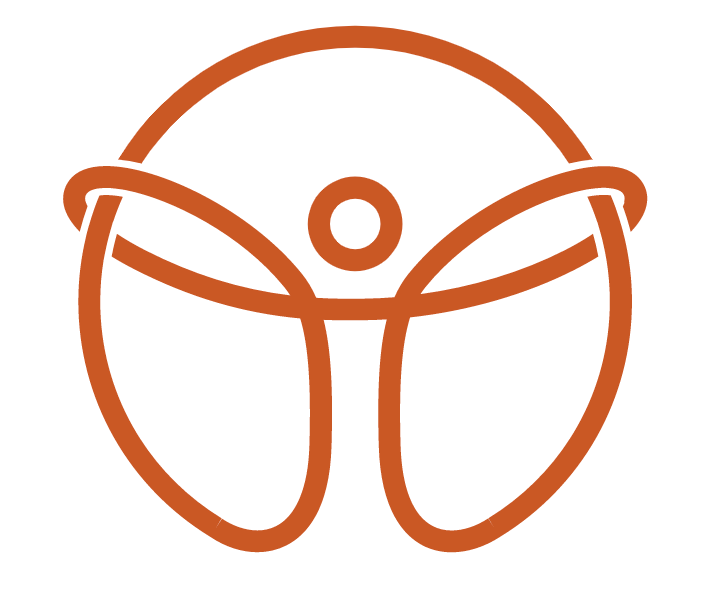Preventing Runner’s Knee with Targeted Strength Work
At MVMT STL, we understand how frustrating and limiting runner’s knee (also known as patello-femoral pain syndrome) can be. This common issue, often caused by improper biomechanics, muscle imbalances, or overuse, can sideline runners from their passion. Fortunately, strength training plays a crucial role in both treating and preventing runner’s knee, and incorporating it into your weekly routine can help you not only recover faster but also become a stronger, more resilient athlete.
Identifying the Missing Pieces in Training
Runner’s knee often stems from weaknesses or imbalances in the muscles that support the knee joint. For many runners, their training focuses too heavily on logging miles while neglecting strength work that helps stabilize their lower body. There are usually one or more missing pieces in a runner’s training or programming that lead to injury.
That’s why it’s essential to have a professional, like a rehab-based chiropractor, evaluate your pain and assess your overall movement patterns. We can pinpoint the areas where you’re lacking, whether it’s weak glutes, quads, or core muscles, and develop a plan to address those deficiencies. This approach is highly individualized; treatment is not one-size-fits-all, and each person’s programming should be tailored to their specific needs.
Strength Training: Building Adaptation in the Knee
One of the most effective ways to treat runner’s knee is by incorporating strength exercises that target the muscles around the knee joint, particularly the quadriceps, hamstrings, glutes, and calves. Exercises like squats, deadlifts, and lunges are excellent for creating positive adaptive changes to the tissues surrounding the knee.
Squats: Squats are a foundational movement that builds strength in the quadriceps and glutes, muscles that provide much-needed stability to the knee. A well-performed squat strengthens not just the knee, but the entire kinetic chain, helping runners reduce excessive strain on the patella.
Deadlifts: Deadlifts target the posterior chain, including the hamstrings and glutes. By strengthening these muscles, you ensure better alignment and support for the knee joint, reducing the risk of overuse injuries. Deadlifts also improve hip mobility and stability, which are often lacking in runners dealing with knee pain.
Lunges: Lunges are a dynamic, single-leg exercise that mimics running movements. They help improve balance, coordination, and strength in the quads and glutes, directly addressing common weaknesses in runners. Lunges also promote knee stability and joint control, which are critical for injury prevention.
These exercises not only strengthen the muscles surrounding the knee but also encourage tissue adaptation over time. By progressively loading the tissues, you improve their capacity to handle the repetitive stresses that come with running. However, it’s important to ensure these exercises are performed with proper form and progression, which is why professional guidance is key.
Tailored Treatment for Long-Term Results
Each runner’s case of knee pain is different. For some, a temporary reduction in mileage may be necessary to allow the knee to heal, while others may be able to continue running with some modifications. The specific approach will depend on the exact cause of the runner’s knee, which could range from muscle imbalances to improper running/gait mechanics or even inappropriate footwear.
At MVMT STL, we take a holistic approach to rehabilitation, incorporating strength training, manual therapy, and movement retraining to develop a customized plan for each individual. We work with you to understand your unique needs, goals, and limitations to ensure your treatment is a success.

